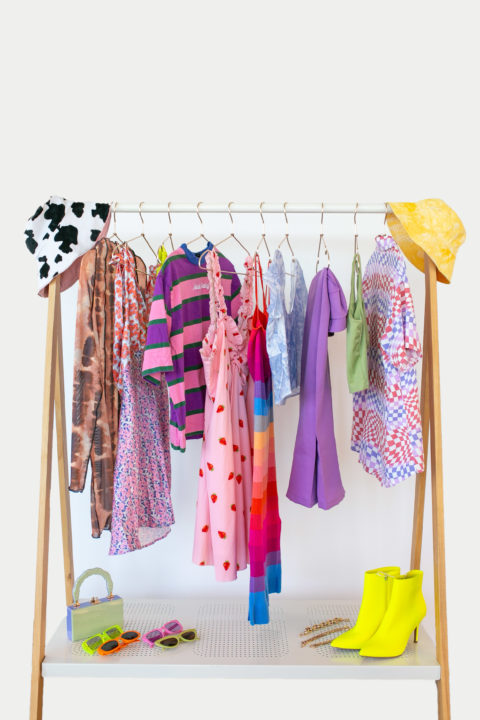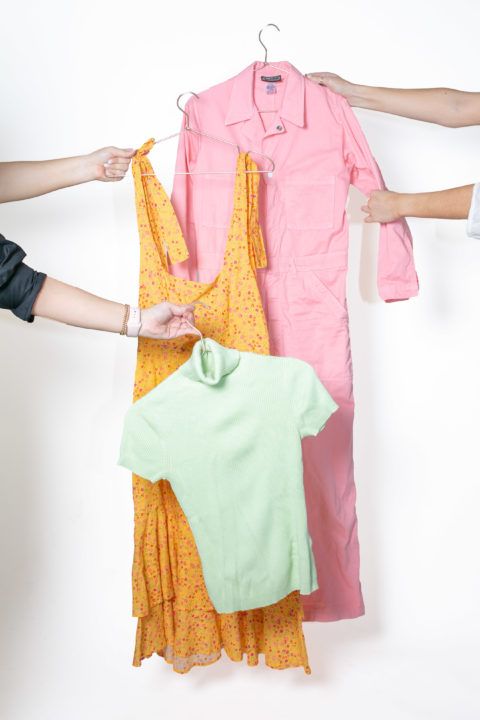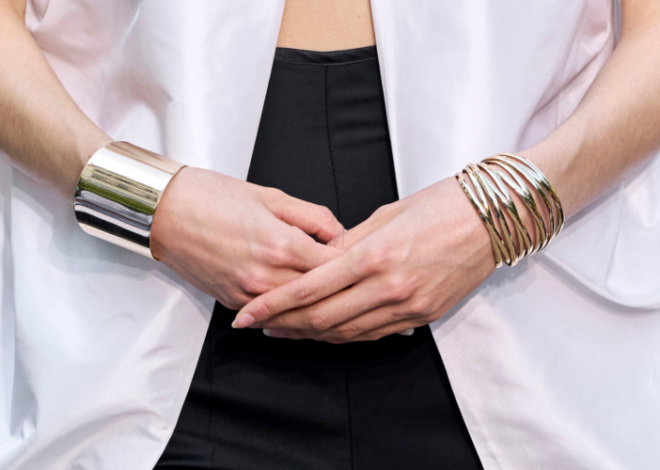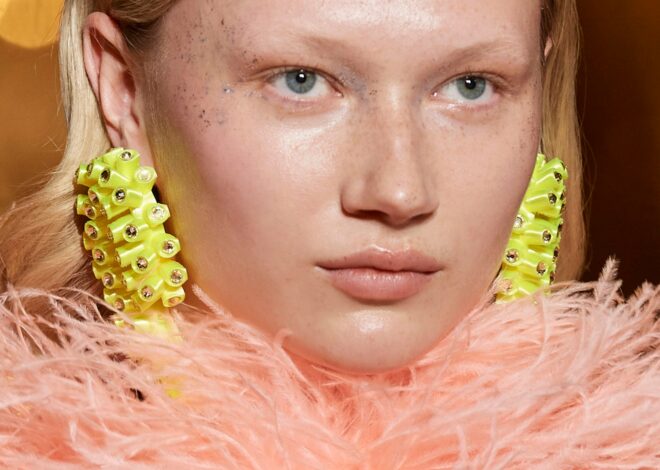How to Dress Sustainably This Festival Season
- Being Outside Is Good For Your Body and Mind — Here’s Why - December 14, 2023
- The Chicest Bracelets for Women (All Under $100) - December 14, 2023
- Water Is Life — Here Are 11 Simple Ways to Drink More of It - December 14, 2023
And why microtrends are “leaving a graveyard of garments behind in the dust.”
Don’t get me wrong, there’s plenty to love about Coachella fashion. I mean, where else would you see Harry Styles and Shania Twain perform in matching sequin ensembles? Over-the-top outfits have come to define the event, but that’s starting to change.
As fashionable festivalgoers dress to impress in the crowded desert, a culture of overconsumption has become the norm. And one thing is urgently clear: we can’t keep going like this.
After a three year pandemic hiatus, Coachella 2022 marked the return of in-person festivals on April 15. The fashion-forward affair was first in the line of various upcoming summer music events, including Canadian festivals Osheaga and Veld. But as the climate crisis intensifies, it’s impossible to ignore the environmental nightmare that is festival fashion.
A 2019 study found that, every year, about 7.5 million festival outfits are single-use. In the age of the influencer, Coachella has become a hub of content creation based on the premise of unique, never-before-seen outfits. “When people are increasingly seeing more influencers and celebrities styling new pieces, it’s easy to turn to a fast fashion brand and purchase a similar item for less,” says Maria Morales, the general manager of Poshmark Canada.
According to The New York Times, brands like H&M and Asos “plan for months” in anticipation of the spike in shoppers they’ll receive during festival season. It’s commonplace for entirely new wardrobes to be purchased by festival-goers, worn once and tossed away.
Festival fashion feeds into the mentality that condemns “outfit repeating,” and therefore limits the possibilities of one’s personal style. “This creates a sense of constant pressure to always buy new items, often not because the new clothes excite us, but simply because we don’t want to be seen wearing the same outfit,” says Morales. It’s this mindset that keeps us staring at a closet full of clothes and thinking we have nothing to wear.
The fashion industry is a major contributor to waste and water pollution, and the environmental impacts of single-use outfits are particularly troubling. But there are ways to participate in festival fashion while being mindful of the Earth. Below, Morales shares her tips on how to approach this festival season sustainably.
Upcycle old pieces
First things first: be open to wearing the same thing more than once. “It’s such a shame when people are frowned upon for being an outfit repeater,” says Morales. Before ordering a new crop top, consider how your own wardrobe can be reworked. “Add sequins, fringe, patches and other add-ons to create an entirely new look,” she suggests. “Have a favourite vintage t-shirt? Give it a new look by tie-dying it.”

Become best friends with your local tailor
“They can take tired jeans and turn them into perfect shorts for the summer, reconfigure a dress into a blouse or crop top, and more,” explains Morales. “There are so many ways to rework clothing from what you already own.” Not only is that more eco-conscious than buying brand new, but it will also give you a completely unique garment.
Use statement pieces to transform any look
Don’t underestimate the versatility of quality wardrobe staples like jean shorts, mini skirts, and simple dresses. These are “key pieces,” says Morales, and can be worn in new ways through experimental hairstyling and fun, chunky jewelry.

Instead of throwing old clothes away, give them new life
If you bought something for a festival, but can’t see yourself wearing it on a day-to-day basis, don’t toss it. Instead, Morales suggests hosting a clothing swap or reselling it on online marketplaces. “Ask your besties if you can share each other’s favourite items and style them in a way that reflects your personal style,” she says.
The bottom line? Know your personal style
“Microtrends are just that: trends,” says Morales. “As fast as they come in, they will be gone, leaving a graveyard of garments behind in the dust.” While it’s fun to experiment with daring festival fashion, it’s important to know what works for you and what doesn’t, so that you can avoid clothing waste when the celebrations are over. “Truly owning your personal style will allow you to recognize which of those trends will complement your existing wardrobe, and which to leave behind.”


